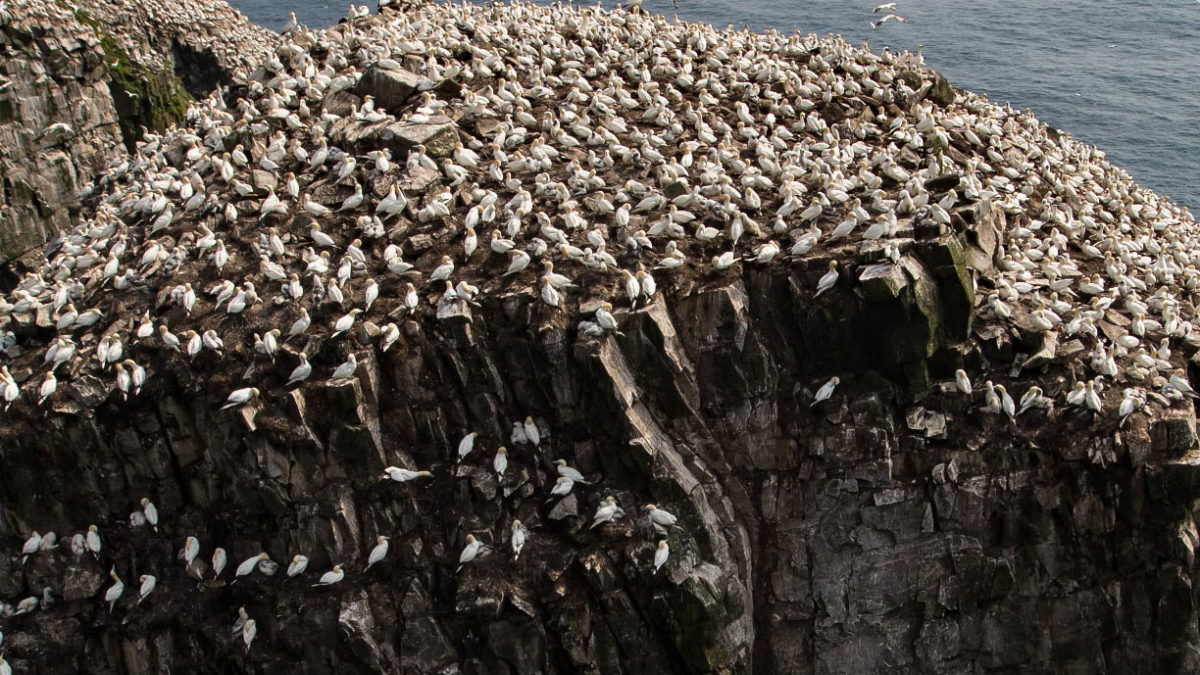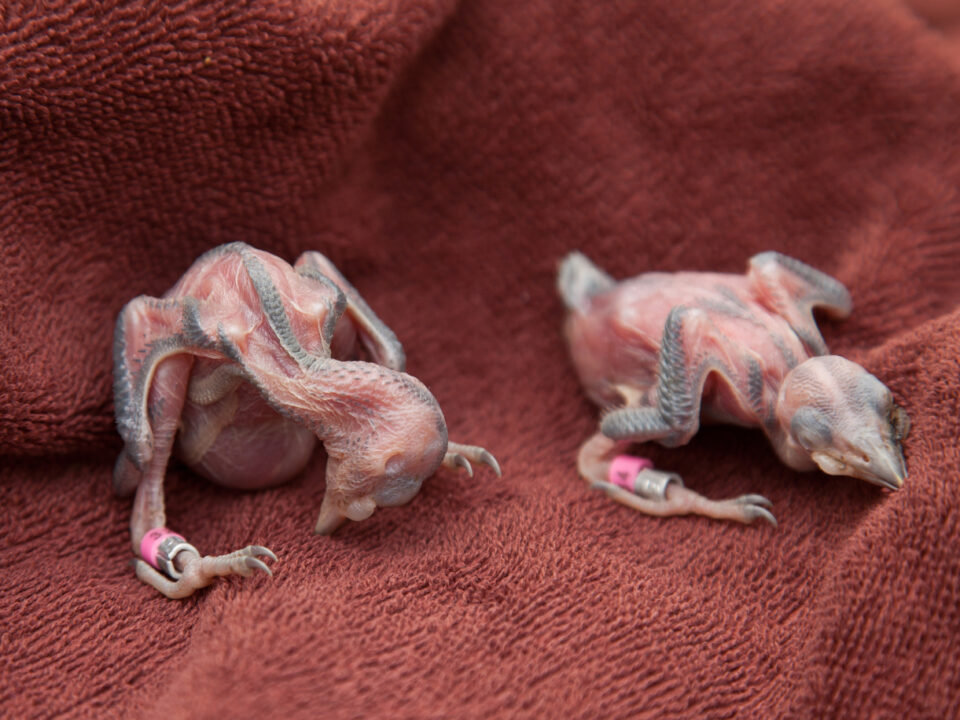Social distancing in birds

Moving Woodpeckers 5
January 27, 2020
Building Local Capacity in Panama
April 2, 2020By Bryan Watts
3/31/2020
One of many things that the Covid-19 pandemic will be remembered for is the introduction of the term “social distancing” to the global lexicon. The term is being used to describe a collective behavior designed to maintain distances between individuals that are beyond the expected range of the normal person-to-person virus transmission. Distancing is one of several strategies being employed to dampen the rate of contagion, blunt the peak of active cases and hopefully reduce the overall number of people that will contract the disease. As a highly social species, the concept of behavioral spacing is foreign to most people and the term is unfamiliar. For bird behaviorists, the term social distance and its variants (territoriality, individual space, social spacing) are familiar and have been in use for over a century. Social distancing was initially used to describe the common observation that birds often exhibit a uniform distribution with incredibly even distances between individuals.
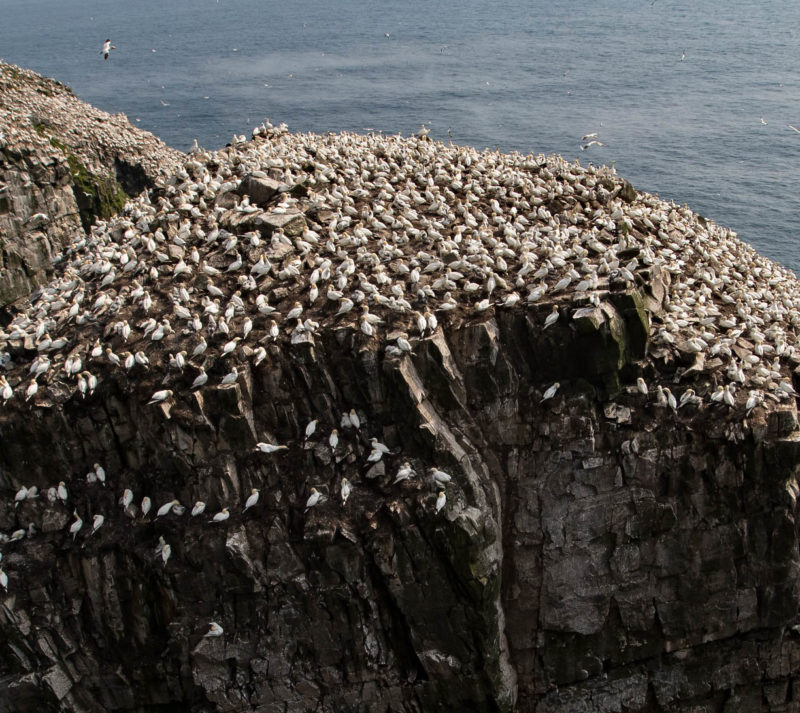
Although the underlying benefits of spacing to birds and the mechanisms that maintain spacing are not always apparent to the observer, the spacing itself can often be visually stunning. Swallows perched on telephone lines exhibit amazingly precise and consistent spacing. Seabird nests are often uniformly spaced within breeding colonies. A flock of starlings foraging across a lawn appear to march in formation with all individuals, maintaining their personal distances. Grasshopper sparrow nesting territories are evenly spaced across a grassland. We see examples of spacing in birds all around us.
Why is social distancing so common in birds and how is it maintained? One of the most common forces shaping social distancing is the availability of resources. Spacing ensures that consumer density is matched to available resources. Although not all birds defend territories, those that do defend patches of resources that are critical to the survival of themselves or their young. Territory spacing is maintained by individuals aggressively defending resources. Whether a foraging territory during the winter or a nesting territory during the breeding season, defending space from interlopers results in the social distancing that we observe from afar.
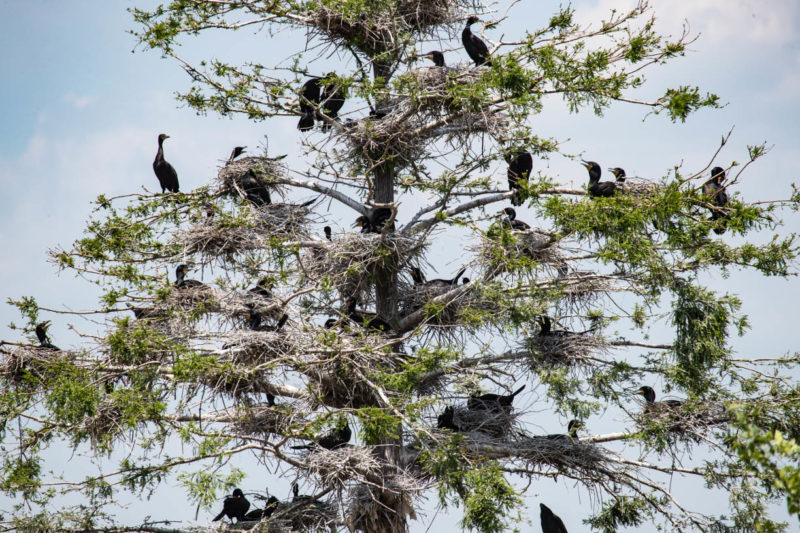
Another common force that shapes social distance is the need to reduce interference of an important activity. Most seabirds and other bird groups that nest in dense colonies place nests equidistant from one another. For some species, inter-nest distances may be consistent throughout the colony down to a fraction of an inch – everyone in their cubicle like a New York apartment building. Such distancing allows the birds to raise their young without intrusion from neighbors. The incredibly precise inter-nest distances are set by how far birds can lean over and peck their neighbors (if you get pecked by your neighbor, you are building your nest too close). The same mechanism maintains order and discipline within foraging flocks. The benefit of maintaining distance between flock members is to reduce the interference of one member on the foraging rate of another. Shorebird flocks spread out evenly over a mudflat because if every bird moved randomly over the surface it would disturb prey and reduce the foraging rate for all of them.
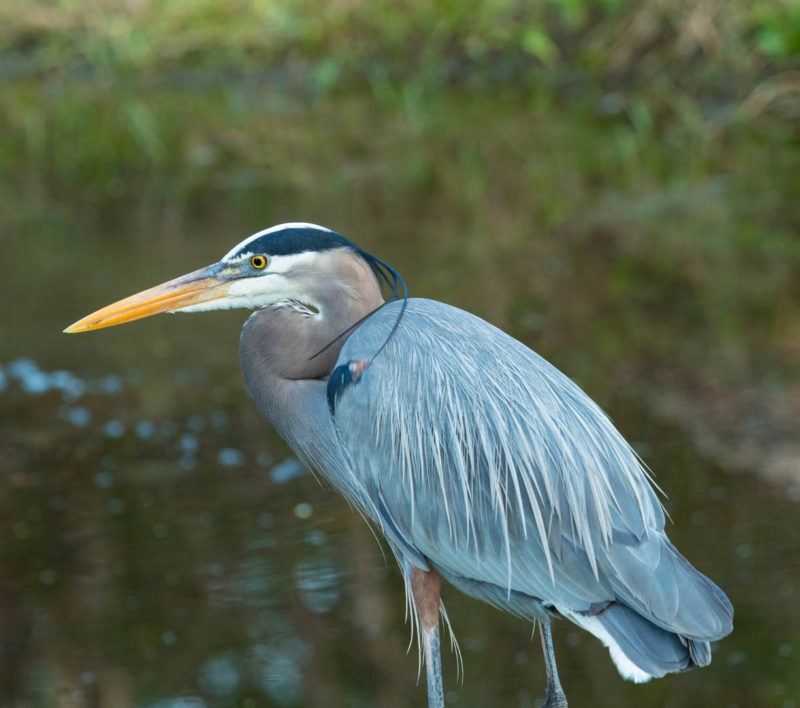
While there is no question that many diseases are spread through bird populations via bird-to-bird contact and that distance between individuals influences the likelihood of an individual being infected, it is not clear at all that disease has been a driving force for the evolution of social distancing in birds. This is not to say that it may not be a factor in some species and in some circumstances as has been shown in the transmission of certain parasites. Much work remains to be done on the role that disease has played in the evolution of bird spatial behavior.
Related posts
Adult female from Elkins Chimney territory. Both the female and male were lost from this site between 2024 and 2025 nesting seasons and were not replaced. This territory has been occupied since 1995. Five territories were vacated between 2024 and 2025 along the Delmarva Peninsula in VA. Photo by Bryan Watts

